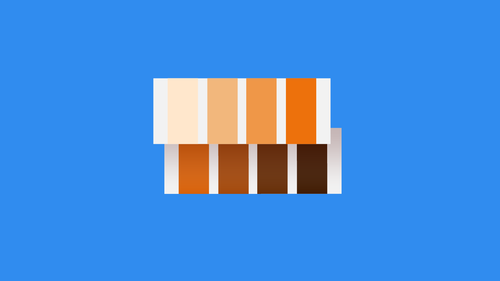
When Wu-Tang Clang used the acronym C.R.E.A.M, the “C” stood for “cash” — but, if the Clan wanted to be more accurate from a psychological standpoint, they could have changed it to “color,” because really, color does rule everything around us. From changing your emotion to driving you desires and motivation, color is a powerful force in your brain. And, when applied to food, it can impact your physical health.
In preparation for Richard Mehl’s upcoming class, Color for Designers, our design channel head Lara McCormick made an edible color wheel out of produce.
“I’m interested in the space where design and food overlap. I loved going to Whole Foods and shopping by color,” Laura explained.
Friday afternoon the email invite went out to San Francisco staff, instructing them to come see the amazing edible color wheel in the community area, and learn to create color palettes. Oh, there would also be healthy, refreshing smoothies. Naturally, it was a packed house.

CreativeLive staff were schooled on how to use the color wheel to create harmonious palettes from the produce. Types of palettes discussed include:
- -Complementary: using two colors directly opposite each other on the color wheel (ex: red and green)
- -Triad: using three colors equally spaced from each other on the color wheel (ex: orange violet and green)
- -Analogous: using colors that are adjacent to each other on the color wheel (ex: red, orange, yellow)


Then, our educational materials went straight into the blender (with some water and ice).

There, they provided further insight into the workings of color; most of the color was dictated by the warmer hues of fruit, leading to a brownish tinge.


Want to learn more about color — both edible and not? Check out Richard Mehl’s class, Color for Designers: Exploration, Theory and Application.




